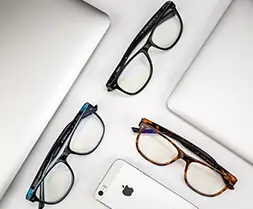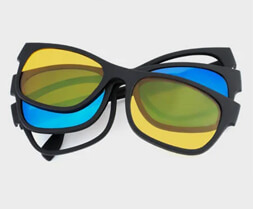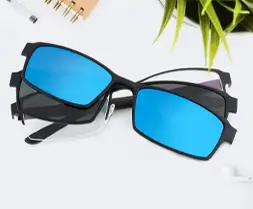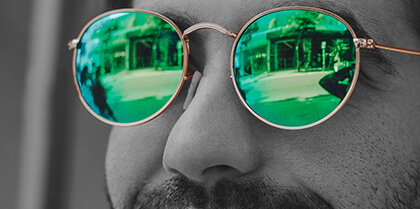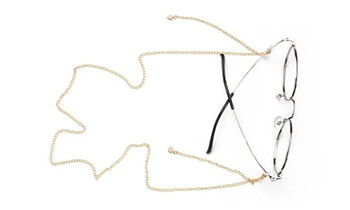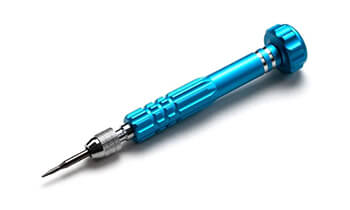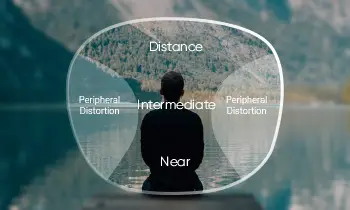Some parents have noticed that their child's nearsighted prescription has increased again. The eyeglasses that were purchased in the fall have become hard to see again after only a few months. Could this be nearsightedness accelerating?
The development of nearsightedness in children is seasonal.
A Professional Eye Center had a study related to seasonal changes in the development of myopia in primary and secondary school students in the US. The study found that myopia in children develops the slowest in summer, followed by spring and fall. In contrast, it develops the fastest in winter, more than 1.6 times the average myopia growth rate in summer.
Why is myopia more likely to develop in children in winter?
01. On the one hand, with fewer sunlight hours in winter, the body secretes less dopamine, which can have the effect of inhibiting the growth of the eye axis, so myopia changes a little more in winter.
02. On the other hand, due to the cold weather in winter, children's outdoor activities will be reduced. The field of vision and visual distance is limited, the time of near-eye use increases, and the ciliary muscle overload adjustment does not get good relaxation, which is also the cause of myopia's accelerated winter growth.
Of course, other reasons exist as well. A dry climate causes eye strain, stronger UV rays in winter, and insufficient nutritional intake.
Winter Eye Care Tips
# Ensure a certain amount of time for outdoor exercise
Even in the winter, ensuring a certain amount of time for outdoor exercise is essential. Several studies have shown that adequate outdoor activity is effective in preventing myopia. The only thing that works in outdoor activities for myopia prevention and control is the time spent exposed to the outdoors, so staying active at home will not do much to prevent myopia.
# Balanced nutrition
Vitamin D deficiency and excessive intake of sweets have been studied for their effects on vision. In addition, in daily life, in addition to increasing the intake of protein, calcium, and phosphorus to increase scleral toughness, you should also eat more foods rich in lutein and other nutrients needed by the eyes, such as apples, blueberries, tomatoes, carrots, and other fruits and vegetables.
# Healthy eye habits
Adopt healthy eye habits and make sure your eyes have rest time. The appropriate eye distance is 30-35 cm, and after 40 minutes of continuous eye use, you should look into the space to rest your eyes. Do not rub your eyes with dirty hands, and pay attention to eye hygiene.
# Reduce electronic screen usage time
Stay away from electronic products and reduce the time of electronic screen use. Long-time eyes stare at the electronic screen blink less often; there will be eye dryness, fatigue, foreign body feeling, and other dry eye symptoms, leading to a decline in visual quality.
# Ensure adequate sleep
Ensure adequate sleep and go to bed early and wake up early. Studies have found that all else being equal, the behavioral factor of "late sleep" alone can lead to higher rates of myopia and faster growth in school-age children.
# Regular inspections
Parents must take their children for regular eye exams to establish a refractive developmental profile for their children to control their refractive changes in real-time, detect problems, and intervene in a timely manner.



